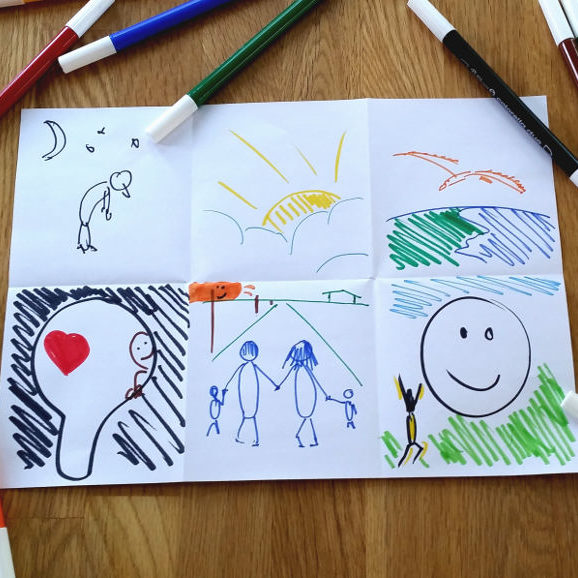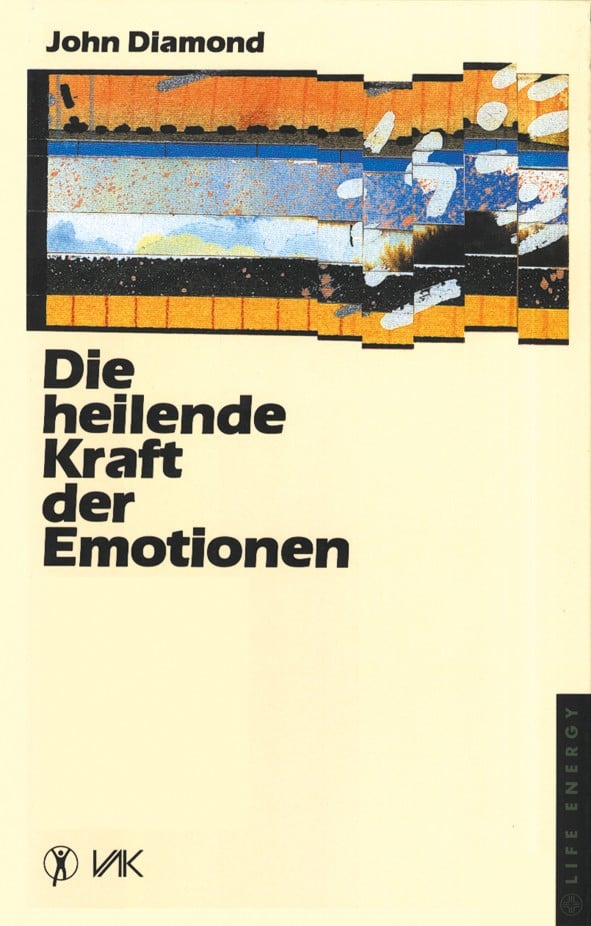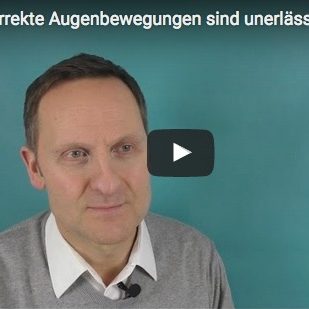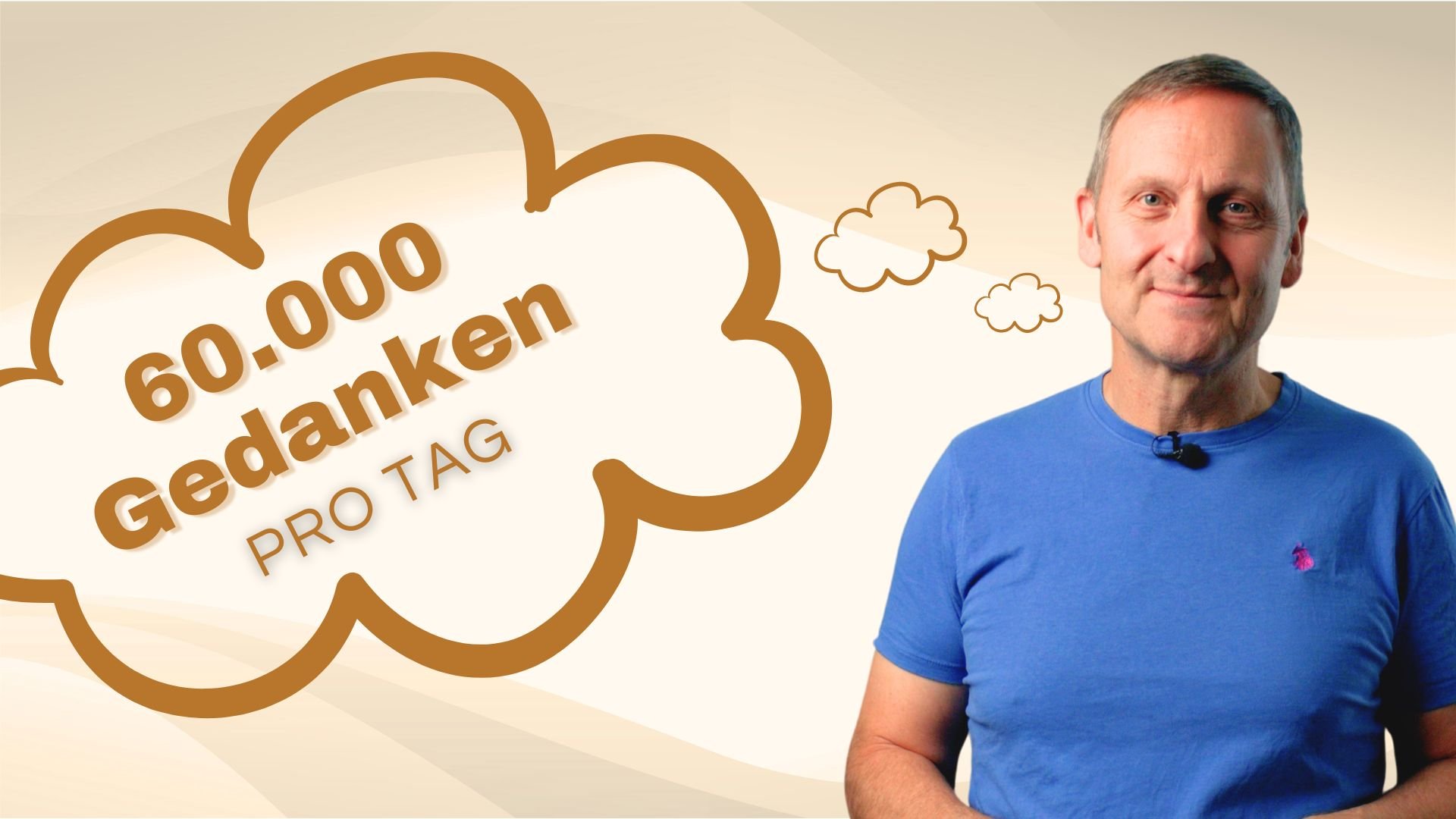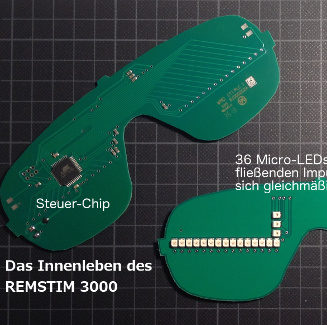EMDR self-coaching: More than just processing – how positive experiences can be strengthened and used in a targeted way
 The EMDR method is primarily known as an effective method for processing stressful experiences. However, it also offers a potential that is generally overlooked: the targeted weaving in and reinforcement of positive experiences as part of self-coaching. The sixth step in the EMDR self-coaching process is particularly dedicated to this possibility. This is specifically addressed in the EMDR self-coaching instructions. There, however, in connection with a complete EMDR self-coaching session. However, a full EMDR self-coaching session is not always really necessary when it comes to weaving in and anchoring positive moments. More on this in the video and at the end of this article.
The EMDR method is primarily known as an effective method for processing stressful experiences. However, it also offers a potential that is generally overlooked: the targeted weaving in and reinforcement of positive experiences as part of self-coaching. The sixth step in the EMDR self-coaching process is particularly dedicated to this possibility. This is specifically addressed in the EMDR self-coaching instructions. There, however, in connection with a complete EMDR self-coaching session. However, a full EMDR self-coaching session is not always really necessary when it comes to weaving in and anchoring positive moments. More on this in the video and at the end of this article.
From desensitization to strengthening
EMDR is based on the activation of neuronal networks through bilateral stimuli – usually eye movements – while simultaneously recalling stressful memories. However, this mechanism can also be used to anchor positively connoted experiences more deeply in the emotional memory. Consciously focusing on strengthening, joyful memories in combination with slow bilateral stimuli can make emotional resources accessible and stabilize them permanently.
Making conscious use of positive moments
Not only significant life events, but also small, seemingly unspectacular everyday experiences can serve as a resource. A loving conversation, the feeling of a ray of sunshine on your skin or the random smile of a passer-by – these are all examples of moments that hold the potential for targeted self-coaching. By briefly and consciously reliving such situations and using bilateral stimuli, a deeper emotional resonance can be generated.
Neuroemotional anchoring and promoting resilience
Neuroscientific studies indicate that positive emotional states, when consciously activated and repeatedly reinforced, not only bring about a short-term improvement in mood, but also contribute to resilience in the long term. This form of emotional self-care can have a stabilizing effect, particularly in phases of psychological stress or when people are more susceptible to stress. In contrast to affirmative techniques, the focus here is not on cognitive reinterpretation, but on emotional reliving – and its targeted integration into the self-image.
EMDR as an instrument of inner cultivation
The expansion of EMDR self-coaching to include resource-oriented elements opens up a new approach to personal development. The method is thus understood not only as a tool for healing, but also as a means of cultivating inner strength and emotional self-efficacy.
Note:
EMDR self-coaching can be flexibly integrated into everyday life – even without a full session. A short, focused application with positive reminders and slow eye movements is often enough to achieve lasting effects. This works well, for example, just before going to bed, as explained here in the article on ultra-short-term coaching.



